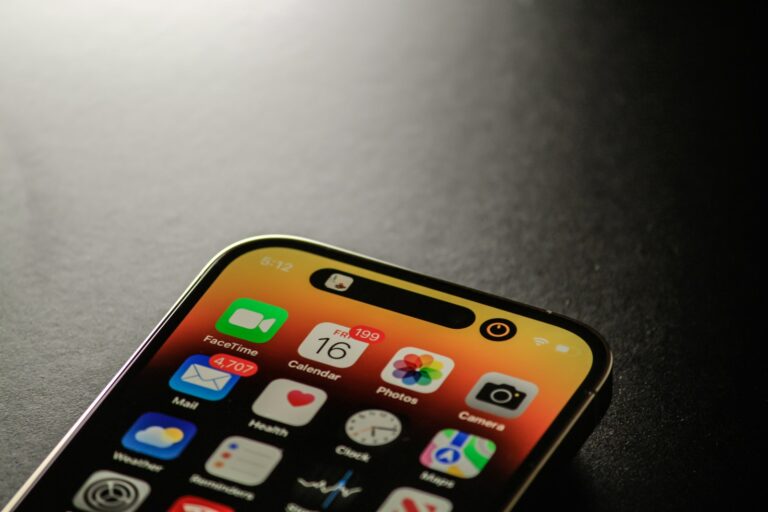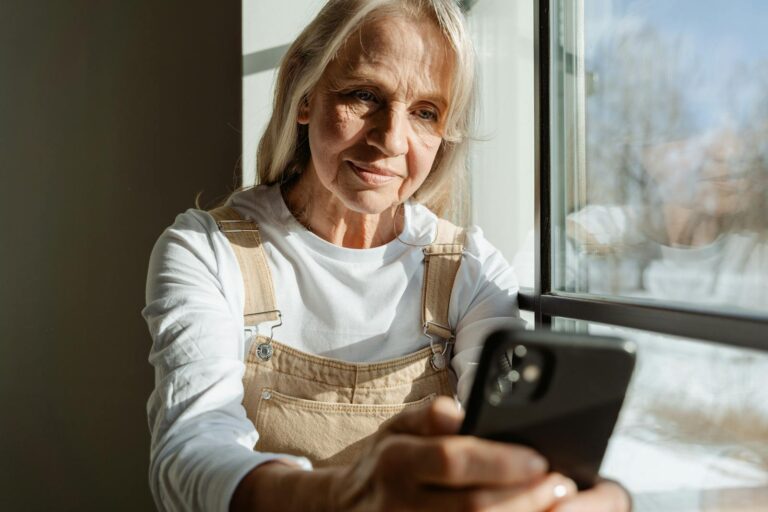Best Smartphones for Seniors in 2025: Top Picks for Easy Use and Accessibility
Choosing the best smartphones for seniors in 2025 can be a real headache for older adults these days. Thankfully, tech companies are finally catching on and making devices with seniors in mind.
The iPhone 16 stands out as the best phone for seniors in 2025, while the Samsung Galaxy S25 and Jitterbug Smart4 also earn top ratings for their user-friendly features and reliability.
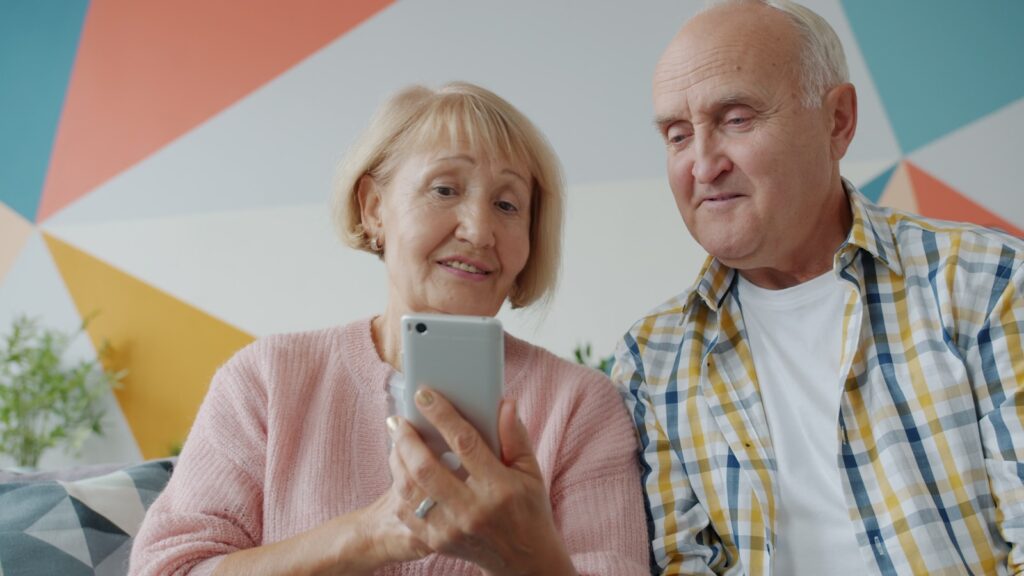
Over 60 percent of adults over 70 own smartphones now. Staying connected and handling daily tasks is just easier with one in your pocket.
But picking the right model? That’s the tricky part. It really comes down to finding a phone that’s simple but still does what you need.
Modern options for seniors aren’t just about calling and texting anymore. Safety features, health tracking, and accessibility tools are standard now.
The best picks have big, bright screens and straightforward menus. At the same time, they let you use the apps and services that matter for independence and staying in touch.
Top Picks: Best Smartphones for Seniors in 2025
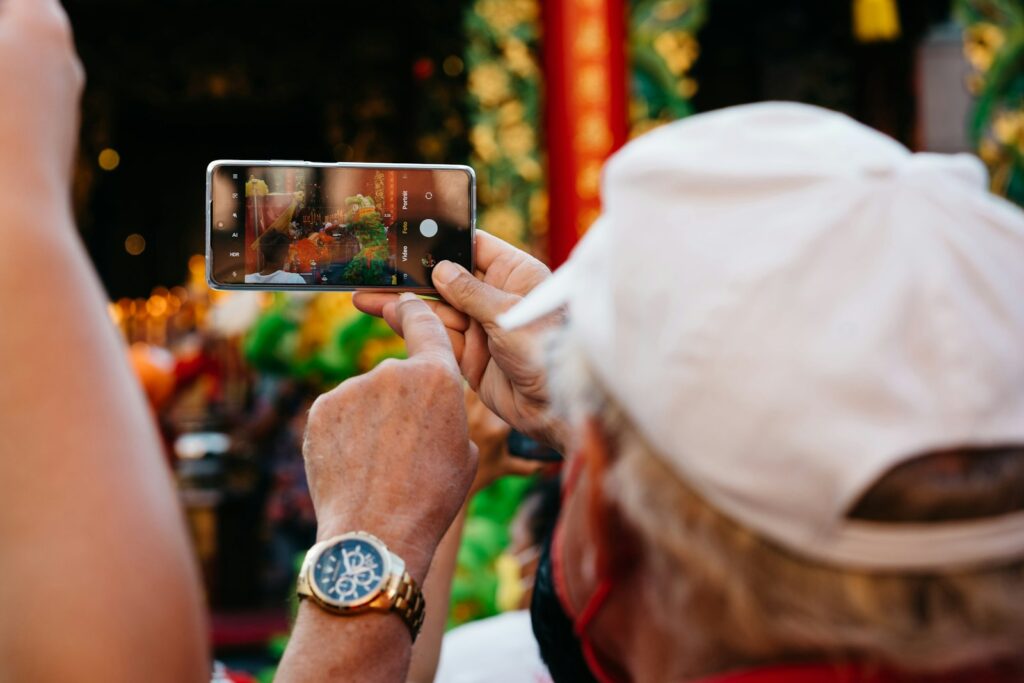
The iPhone 16 stands out as the top choice if you’re after a premium experience. For those who want something simpler, the Jitterbug Smart4 and Snapfon ez4G are built with seniors in mind.
Apple iPhone 16
The iPhone 16 leads the pack for senior users thanks to impressive accessibility features and a design that just makes sense. Apple’s iOS is packed with tools for people with vision or hearing issues.

Key Features:
- Voice Control allows hands-free operation
- Magnifier app turns the camera into a magnifying glass
- Large text options up to 56-point font
- High contrast display settings
Emergency features like Fall Detection and Medical ID are built in. If something goes wrong, the phone can call for help and share your info with responders.
Battery life is solid—easily lasts a full day. The 6.1-inch screen is crisp but not unwieldy.
Honestly, the price stings a bit. The iPhone 16 starts at $799, so it’s not exactly a bargain.
Lively Jitterbug Smart4
The Jitterbug Smart4 is all about keeping things simple. It’s Android-based but ditches the complicated menus for a cleaner, easier-to-navigate setup.

What Makes It Special:
- Large icons and text by default
- Simple menu with just essential apps
- 24/7 access to Lively’s health and safety agents
- Built-in brain games and wellness apps
What Makes It Special:
- Large icons and text by default
- Simple menu with just essential apps
- 24/7 access to Lively’s health and safety agents
- Built-in brain games and wellness apps
The 6.2-inch screen is roomy, and the big text is easy on the eyes. Physical buttons at the bottom make it less fiddly for folks who like tangible controls.
Lively’s plans start at $19.99 a month for unlimited talk and text. You can add health monitoring and medication reminders, but those cost extra.
The camera’s not going to win awards, but it’s fine for snapping pics to share with family.
Snapfon ez4G
The Snapfon ez4G is a bit of a throwback, blending flip phone comfort with some smart features. If you miss the old-school design, this one’s worth a look.
It runs a stripped-down Android with big buttons and simple menus. The flip keeps the screen safe and gives you real number keys for dialing.

Notable Features:
- SOS button for emergencies
- Hearing aid compatibility
- Voice commands for hands-free operation
- Simple camera with one-touch photo sharing
Notable Features:
- SOS button for emergencies
- Hearing aid compatibility
- Voice commands for hands-free operation
- Simple camera with one-touch photo sharing
Works with any carrier that supports 4G LTE, so you’re not locked in. That’s a relief if you already have a favorite provider.
Battery can go up to a week on standby. The charging dock is a nice touch—no more wrestling with tiny cables.
Other Notable Options
Several other smartphones deserve consideration if you’re shopping around. The Samsung Galaxy S25 has Android’s accessibility perks and a friendly interface.
Google’s Pixel series includes Call Screen to weed out spam calls. That’s a relief for anyone tired of scams and robocalls.
If budget is a concern, the iPhone SE is a solid pick. You get Apple’s accessibility tools for less money and the familiar feel of an iPhone.
Some carriers offer their own senior-focused devices, like T-Mobile’s SyncUP or Verizon’s GrandPad tablet. These come with family monitoring tools and super-simple menus.
Key Features to Consider for the best smartphones for seniors in 2025
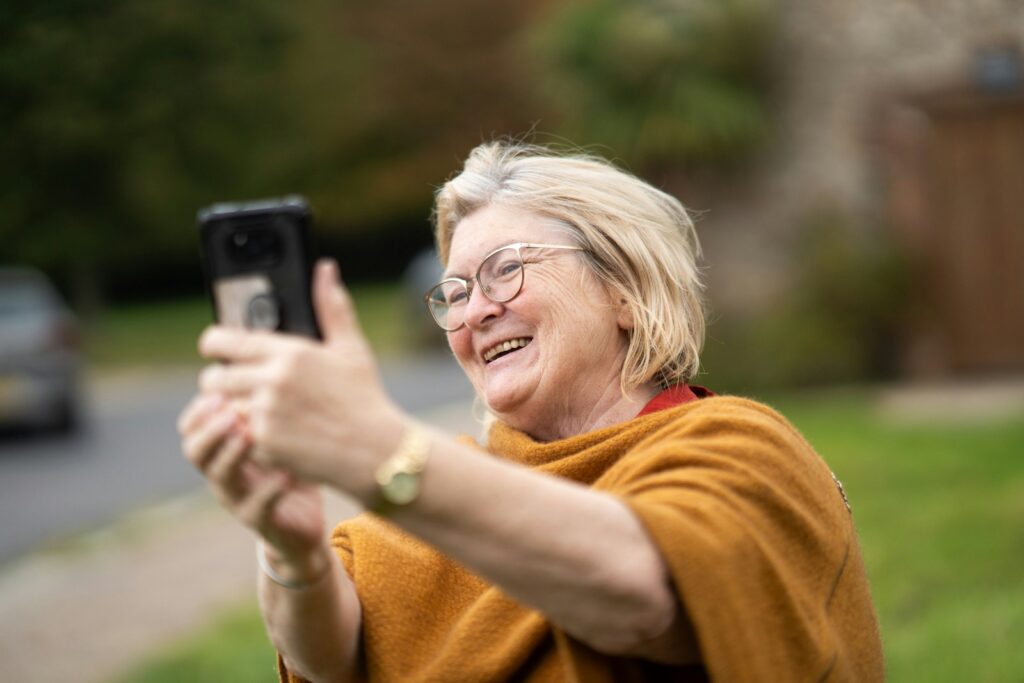
Seniors need big screens, straightforward menus, and emergency features that just work. Good audio and voice help make the whole thing more usable, too.
Display and Accessibility
Let’s be real, a big screen is a game-changer if your eyesight isn’t what it used to be. The Jitterbug Smart4 features a 6.7-inch screen—plenty of space for big icons and text.
Adjustable font size is a must. Most senior-friendly phones let you crank text up to 150% or more, so reading messages isn’t a chore.
Key display features include:
- Screen size of 5.5 inches or larger
- High contrast mode for better visibility
- Adjustable brightness settings
- Simple, uncluttered home screens
Big, well-spaced touch targets help avoid accidental taps. Phones with chunkier icons are just easier to use for most folks.
Video calls are only as good as the screen. If you want to see your grandkids’ faces clearly, don’t skimp here.
Ease of Use and Ergonomics
Confusing menus are a dealbreaker. Senior phones should keep things simple—no endless settings or hoops to jump through for basic stuff.
Physical buttons can be a lifesaver, especially for folks who don’t love touchscreens. Power and volume controls should be easy to find, not hidden or easy to press by accident.
Essential usability features:
- One-touch dialing for frequently called contacts
- Voice dialing capabilities
- Simple camera interface with large capture button
- Clear navigation between apps and functions
Weight and grip matter more than you might think. A phone should feel solid, not slippery or too heavy for longer calls or texting.
Battery life needs to last all day, at least. Not everyone remembers to charge every night, so longer battery life means fewer missed calls.
Emergency and Safety Features
Dedicated emergency buttons are non-negotiable for a lot of seniors. Press one, and it calls for help—simple as that.
GPS tracking is handy for families. If something goes wrong, you can find your loved one fast.
Critical safety elements:
- Emergency contact list that’s easy to access
- Medical ID information stored on the device
- Fall detection that automatically calls for help
- Loud emergency alerts that can’t be missed
Some phones link right up with medical alert services. That way, help is just a button press away, any time of day.
Medication reminders are another bonus. Calendar alerts can help keep prescriptions and appointments on track.
Audio Quality and Virtual Assistants
Clear calls are a must—no one wants to strain to hear. Seniors need phones with strong speakers that don’t get drowned out in a busy room.
Hearing aid compatibility is huge. Look for a rating of M3/T3 or higher for best results with assistive devices.
Important audio features:
- Extra-loud ringtones and notification sounds
- Noise cancellation during calls
- Speakerphone with clear, distortion-free sound
- Adjustable volume controls that are easy to find
Virtual assistants like Siri, Google Assistant, or Bixby can make life easier. Just ask, and they’ll call someone, send a text, set a reminder, or answer questions—no digging through menus.
Voice-to-text is a lifesaver for anyone who struggles with typing. Just speak your message and you’re good to go.
Performance and Practical Factors
The right phone for seniors needs to last all day, take decent photos, be reasonably priced, and offer a plan that won’t break the bank. That’s what makes it work day in and day out.
Camera Quality
Snapping family photos or reading tiny print—camera quality matters more than you’d think. Modern phones make it easy for seniors to get good shots without fiddling with settings.
Automatic features like auto-focus and scene detection do the heavy lifting. You don’t have to mess with anything—just point and shoot.
Big camera buttons help if you have shaky hands or arthritis. Some phones even let you use the volume keys to take a photo.
Portrait mode blurs the background for those pro-looking family pics. It’s a nice touch for making people stand out.
Text recognition is handy for reading medicine bottles or restaurant menus. Just point the camera and the phone makes the text bigger.
Battery Life
Battery life can make or break the experience. Most seniors want a phone that’ll last from breakfast to bedtime, no problem.
All-day battery life usually means 12-16 hours of regular use. Calls, texts, some browsing—it should handle it all.
Fast charging is a real convenience. Many phones can hit 50% in about half an hour, which is great if you forget to plug in overnight.
Wireless charging is a small luxury that makes life a bit easier. Just set the phone on the pad and you’re done.
Battery health tools are useful, too. They’ll warn you if the battery needs replacing, so you’re not caught off guard.
Pricing and Value
Prices are all over the map for senior-friendly smartphones. The best smartphones for seniors in 2025 start under $200 and go past $800 for top-tier models.
Budget phones ($100-$300) cover the basics—calls, texts, and a couple of apps. Perfect if you just want something simple.
Mid-range phones ($300-$600) step things up with better cameras and longer battery life. For most people, this is the sweet spot.
Premium phones ($600+) are loaded with the latest tech and get software updates for years. If you want the best, this is where you’ll land.
Trade-in programs can help soften the blow on price. Lots of carriers will give you credit for your old phone when you upgrade.
Service Plans and Providers
Service plans can really shape both monthly costs and how well your phone works day to day.
Seniors should probably look for plans that fit their actual habits and what they’re comfortable spending.
Unlimited plans are best for folks who spend a ton of time on calls or burning through data.
They usually run $50-$80 a month, which isn’t nothing—but for heavy users, it might feel worth it.
Limited plans, on the other hand, cost less but put a cap on your minutes or data.
If you’re not glued to your phone, these can save a surprising amount.
Family plans can knock down the price per line if you’re sharing with others.
A lot of adult kids end up adding their parents to their own plans—sometimes it’s just easier that way.
Customer service is a mixed bag depending on the provider.
Some carriers actually have special senior support lines, which can be a relief if you need a little extra patience or guidance.
Frequently Asked Questions
Let’s be honest—there’s a lot to think about when picking a smartphone, especially for seniors.
Questions about features, compatibility, and accessibility pop up all the time, so here’s a quick rundown of what tends to matter most for older adults in 2025.
What are the top-rated smartphones for seniors with user-friendly interfaces in 2025?
The iPhone 15 and Samsung Galaxy A54 are leading the way for easy-to-use interfaces.
Both give you simplified home screens and let you bump up the text size, which is a huge help.
The GrandPad tablet-phone hybrid is up there too—its extra-large icons are a game changer for some folks. Smartphones for seniors often mention it.
Jitterbug Smart4 keeps things basic with an Android interface built specifically for older users.
Google Pixel 8a deserves a nod for its voice commands and straightforward menus.
Devices like these really focus on cutting out the clutter that can make new smartphones feel overwhelming.
Which smartphones designed for seniors offer the best compatibility with hearing aids?
iPhones are pretty much the gold standard for hearing aid compatibility, thanks to the Made for iPhone (MFi) program.
The iPhone 15 and iPhone 14 both play nice with most hearing aid brands, which is a relief.
Samsung Galaxy phones do well here too. The Galaxy S24 and A35 have those M4/T4 ratings that hearing aid users look for.
Google Pixel phones throw in Live Caption, so you can see real-time text during calls—super handy if you’re hard of hearing.
What are the most recommended cell phones for seniors according to 2025 consumer reports?
According to expert testing and research, a few models really stand out for older adults.
The iPhone 15 keeps getting top marks for reliability and support, which honestly makes sense.
Samsung Galaxy A54 impresses with its big screen and reasonable price.
Jitterbug Smart4 from Lively is praised for its emergency features and no-nonsense design.
GrandPad comes up a lot for anyone who prefers a tablet-sized screen over a tiny phone. These picks come from hundreds of hours of hands-on testing by tech experts—so there’s some real-world experience behind them.
Which smartphones feature the best voice recognition capabilities for seniors with diminishing dexterity?
Apple’s Siri is a lifesaver for anyone who finds touch screens frustrating.
With an iPhone, you can call, text, or open apps just by talking—no need to poke at tiny buttons.
Google Assistant on Pixel phones is also super accurate for voice recognition.
Seniors can dictate messages or search online without ever typing.
Samsung’s Bixby holds its own on Galaxy phones, and it seems to handle slower or less steady speech surprisingly well.
What are the options for easy-to-use smartphones that are compatible with Verizon’s network for seniors?
Pretty much all modern smartphones work with major carriers like Verizon.
The iPhone 15 and Samsung Galaxy A54 both support Verizon’s 5G and 4G networks.
Jitterbug Smart4 is set up to work with Verizon via Lively, and it comes with 24/7 support and emergency response features.
GrandPad tablets also connect through Verizon’s network and have unlimited data plans, which is nice if you don’t want to worry about limits.
But honestly, it’s smart to double-check network compatibility before buying—just in case.
Are there any smartphones tailored for seniors with vision impairments that provide large, easy-to-read displays?
The Samsung Galaxy A54 comes with a 6.4-inch screen. Its brightness control is impressive, and you can bump the text size up to 200% beyond the usual settings.
iPhone 15? It packs some serious accessibility features, including VoiceOver. This lets the phone read all the text on your screen out loud, which is a lifesaver for folks with severe vision issues.
GrandPad stands out with its whopping 8-inch display. The interface leans into high-contrast colors and oversized buttons, clearly built with seniors dealing with vision challenges in mind.

